
Molecular Genomics Core
Harnessing the power of modern genomic technologies and methodologies to decode the intricate language written within DNA
Services
The Molecular Genomics Core offers a wide range of services to meet your genomic and transcriptomic needs, with over 200 service options available. We strive to keep our pricing competitive and adapt to changes in vendor pricing to ensure the best value for you. Because prices are subject to change, we do not maintain a static price brochure. Below is a list of our most popular services, but a complete list can be found on iLab. For the most up-to-date information on services and pricing, please request a consultation using our Consultation Request form.

Sample/Library Preparation
Our expert team uses advanced techniques and top-of-the-line equipment to ensure the highest quality and accuracy in sample preparation. Recognizing that every sample is unique, we tailor our protocols to accommodate a wide variety of sample types, including DNA, RNA, and even challenging specimens like low-input or degraded samples.

MiSeq Platform
The Illumina MiSeq platform is a powerful and versatile next-generation sequencing (NGS) system, offering high-throughput capabilities for a broad range of applications. Designed for accuracy and reliability, the MiSeq platform ensures exceptional data quality, flexibility, and ease of use. Its versatility supports a wide array of sequencing applications, including DNA and RNA sequencing, targeted resequencing, metagenomics, amplicon sequencing, and custom workflows, making it an ideal choice for diverse research needs.

NextSeq 2000 Platform
The NextSeq 2000 platform combines Illumina’s advanced sequencing-by-synthesis (SBS) chemistry with cutting-edge imaging and detection systems, enabling the parallel sequencing of millions of DNA fragments in a single run. This powerful technology delivers highly accurate and reliable data for precise variant detection, gene expression analysis, and other applications. Additionally, the NextSeq 2000 integrates seamlessly with Illumina’s library preparation solutions, supporting a range of protocols like DNA-seq, RNA-seq, ChIP-seq, and targeted enrichment for efficient, compatible workflows.

NovaSeq 6000 Platform (NTGC)
The Illumina NovaSeq 6000 is a high-performance sequencer designed for exceptional throughput, capable of running up to two flow cells simultaneously with two available flow cell options. The S2 configuration delivers a throughput of up to 3.3 billion reads and generates up to 1000 Gb of data (with 150 bp read lengths). Compatible with Illumina’s library preparation kits, the NovaSeq 6000 supports a wide range of applications, including whole genome sequencing, whole transcriptome analysis, whole exome sequencing, metagenomics, and more.
NTGC Partnership: We provide sample and library preparation services for sequencing on the Illumina NovaSeq 6000 platform through our partners at the North Texas Genome Center.
For more details, please contact Genome_Core@tamu.edu.

GridION Platform
The Oxford Nanopore GridION platform revolutionizes next-generation sequencing (NGS) with real-time, long-read sequencing capabilities that offer unmatched flexibility and portability. Powered by nanopore technology, GridION allows researchers to explore genomes in a highly versatile and accessible way. Its long-read sequencing capabilities enable the analysis of DNA fragments several kilobases in length, making it ideal for applications like de novo genome assembly, structural variant detection, and characterizing complex genomic regions.

Chromium Platform
The Chromium platform supports a wide range of applications, including single-cell RNA sequencing (scRNA-seq), single-cell immune profiling, genome sequencing, and spatial transcriptomics. By capturing genetic data from individual cells or tissue regions, researchers can examine gene expression, cell types, clonality, immune repertoires, and spatial relationships with exceptional accuracy. A key advantage of the Chromium platform is its ability to generate linked-reads, providing long-range genomic information from short DNA fragments. This enables the detection of structural variants, haplotyping, and phasing, supporting the study of complex genomic rearrangements and genetic variations.

Visium CytAssist Platform
The Visium CytAssist platform combines spatial transcriptomics with single-cell RNA sequencing (scRNA-seq), offering researchers an in-depth understanding of gene expression patterns within complex tissue samples. This innovative platform transforms spatial genomics, enabling the study of cellular interactions and molecular signatures within their anatomical context. At its core, Visium CytAssist integrates Visium spatial gene expression technology with the 10x Genomics Chromium platform, allowing for the simultaneous capture of spatial and single-cell transcriptomic data. This provides a comprehensive view of cellular composition, gene expression profiles, and spatial relationships within tissue samples.

Revio
The Revio system with SPRQ chemistry, featuring high-density SMRT Cells (up to 4 per run) and 24-hour run times, delivers up to 480 Gb of HiFi reads per day—equivalent to 2,500 human whole genomes per year. HiFi sequencing captures small variants, structural variants, repeat expansions, methylation, and haplotype phasing from a single library and sequencing run. This comprehensive approach replaces multiple assays, saving time and resources while providing deeper insights. With SPRQ chemistry, Revio enables long-read genomes at scale, requiring just 500 ng of native DNA—without compromising throughput or quality. The system also supports on-instrument 5mC and 6mA methylation detection via the Fiber-seq chromatin assay. Paired with Google Health’s Deep Consensus algorithms, it delivers exceptional accuracy and optimized file formats for efficient data handling.
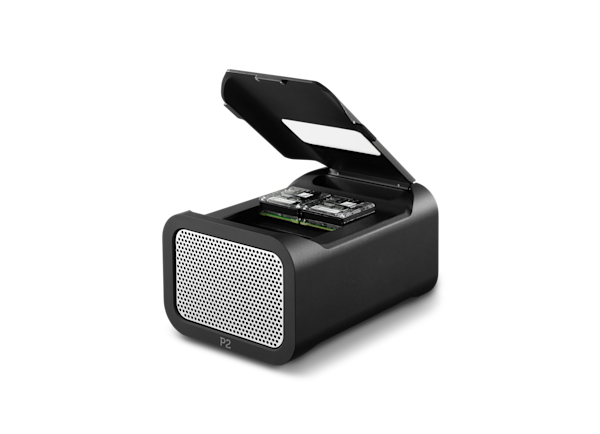
PromethION 2 Solo
A compact sequencer designed to support two PromethION Flow Cells, the PromethION 2 Solo enables accurate, high output nanopore sequencing. It utilizes existing compute resources—such as those within a GridION system or compatible external computers, including laptops—to deliver rapid, flexible sequencing capabilities.
Equipped with two high-output flow cells, the device can generate up to 580 gigabases of data. Users have the flexibility to run each flow cell individually or simultaneously, enabling efficient, on-demand sequencing that fits a range of experimental needs.

iScan
Illumina iScan, a high-throughput microarray scanner optimized for genotyping, DNA methylation, and copy number variation (CNV) analysis. The iScan supports a wide range of Illumina BeadChip arrays, including the Infinium Global Screening Array and the MethylationEPIC Array, making it ideal for population studies, epigenetics research, and biomarker discovery.
The system uses laser-based, high-resolution imaging to deliver consistent and reliable data from hundreds to thousands of samples. Whether you’re exploring genetic variation or profiling methylation patterns, the iScan provides a robust and scalable solution for your project.
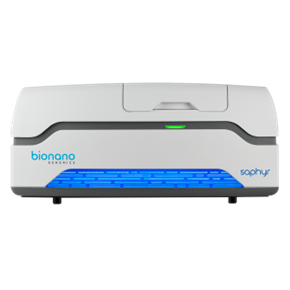
Saphyr
The Bionano Saphyr is an advanced optical genome mapping platform designed to detect ultra-long-range structural variations in DNA. Unlike sequencing-based technologies, Saphyr linearizes extremely long DNA molecules—often over 100 kb—through nanochannels and labels specific sequence motifs using fluorescent markers. This allows for the visualization and assembly of large-scale genome architecture, making it especially powerful for identifying structural variants such as insertions, deletions, translocations, and inversions that are often missed by short-read sequencing. The system is widely used in genomics research, rare disease investigation, cancer genomics, and complex genome assembly projects.
Shared Workspace
The MGC offers a wide range of equipment available for reservation and self-operation. To use the equipment, you must be a registered user in iLab and complete a training session with one of our staff members. Below is a list of items in the shared equipment area, along with instructions on how to register as a user.
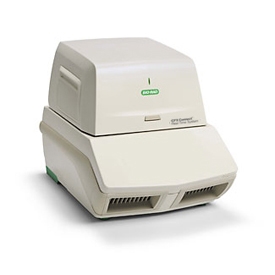
CFX Real-Time System
96- and 384-well real-time PCR systems with a six-channel detector for quick setup runs. Monitors amplification traces in real time on an integrated LCD touch screen, allowing for up to five-target detection.

QX200 Droplet Digital PCR System
Absolute quantification of target DNA or RNA without the need for a standard curve. By partitioning reactions into droplets using the BioRad QX200 Droplet Digital PCR system, researchers can now: Differentiate germline copy number variations; Accurately quantify rare alleles in an excess of wildtype background DNA; Precisely quantitate nucleic acids; miRNA expression analysis; Single cell gene expression analysis.
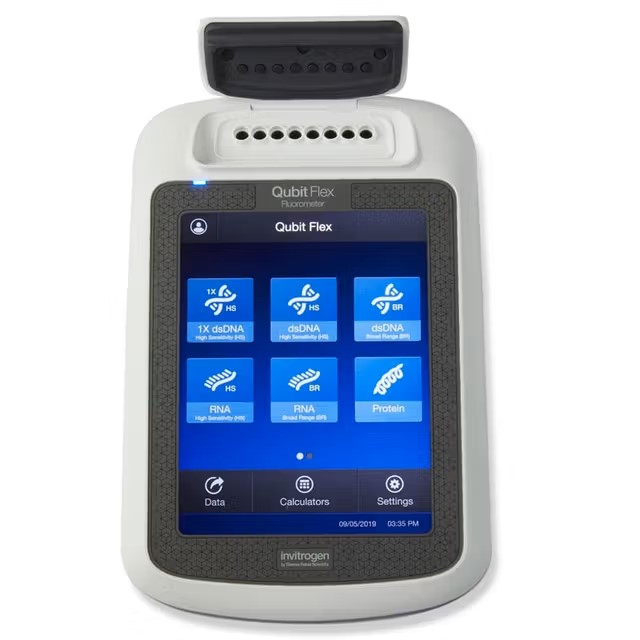
Qubit Flex
Easy to use fluorometer for a variety of DNA, RNA and protein assays.
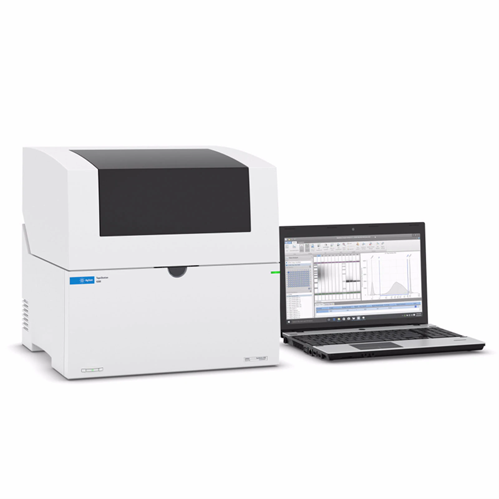
Tape Station
Automated RNA, DNA and protein quality assessment using 1-96 samples in as little as 1min.
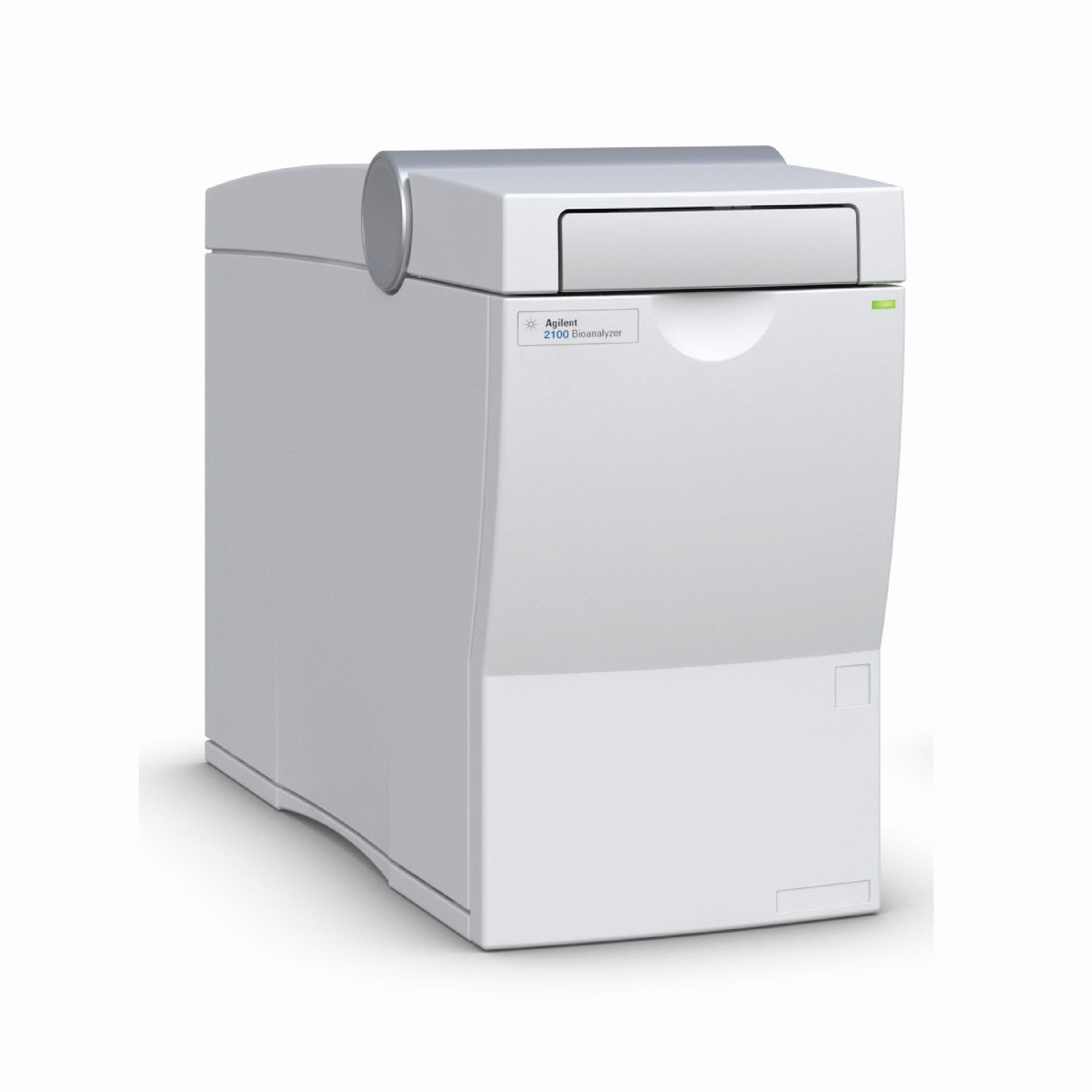
Bioanalyzer
For quality assessment of microRNA and other small RNAs. Small RNA chips and reagents are provided.
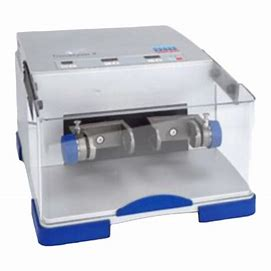
Tissue-Lyser
Homogenizes samples.

Cytation 5
A multi-mode microplate reader that integrates automated digital microscopy with traditional microplate detection. It features high-sensitivity filter-based detection and a versatile quadruple monochromator system, along with a fluorescence cellular imaging module and up to 20x magnification.

GentleMACS Octo Dissociator
Automated tissue processing to dissociate target tissue into single cell suspensions.
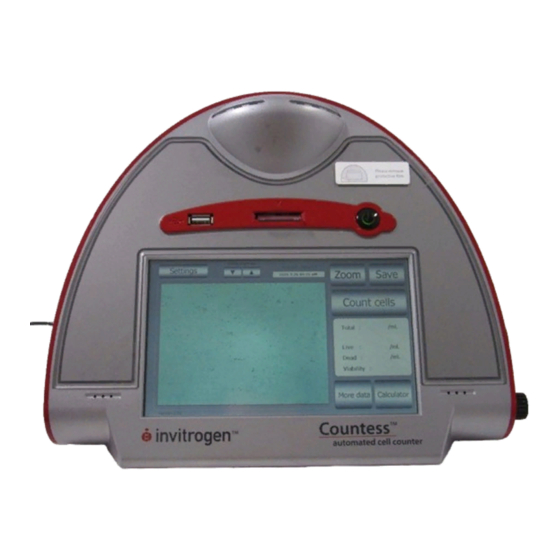
Countess Cell Counter
Generates automated cell and viability counts in as little as 30sec.
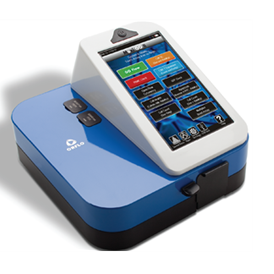
Moxi Go II
Combines the Coulter Principle (for highly accurate cell counts and exact, volumetric cell sizing) with a 488nm laser and two PMT fluorescence detection channels.

epMotion 5075 Fluid Handling Robot
An easy-to-program liquid handling robot suitable for automating a variety of molecular applications, including NGS library generation, PCR setup, and nucleic acid extraction.
Core Acknowledgement
Publications describing research that takes place, or containing data collected from equipment in the Molecular Genomics Core should include the following statement in the acknowledgement section: “Use of the Texas A&M Molecular Genomics Core is acknowledged.”
